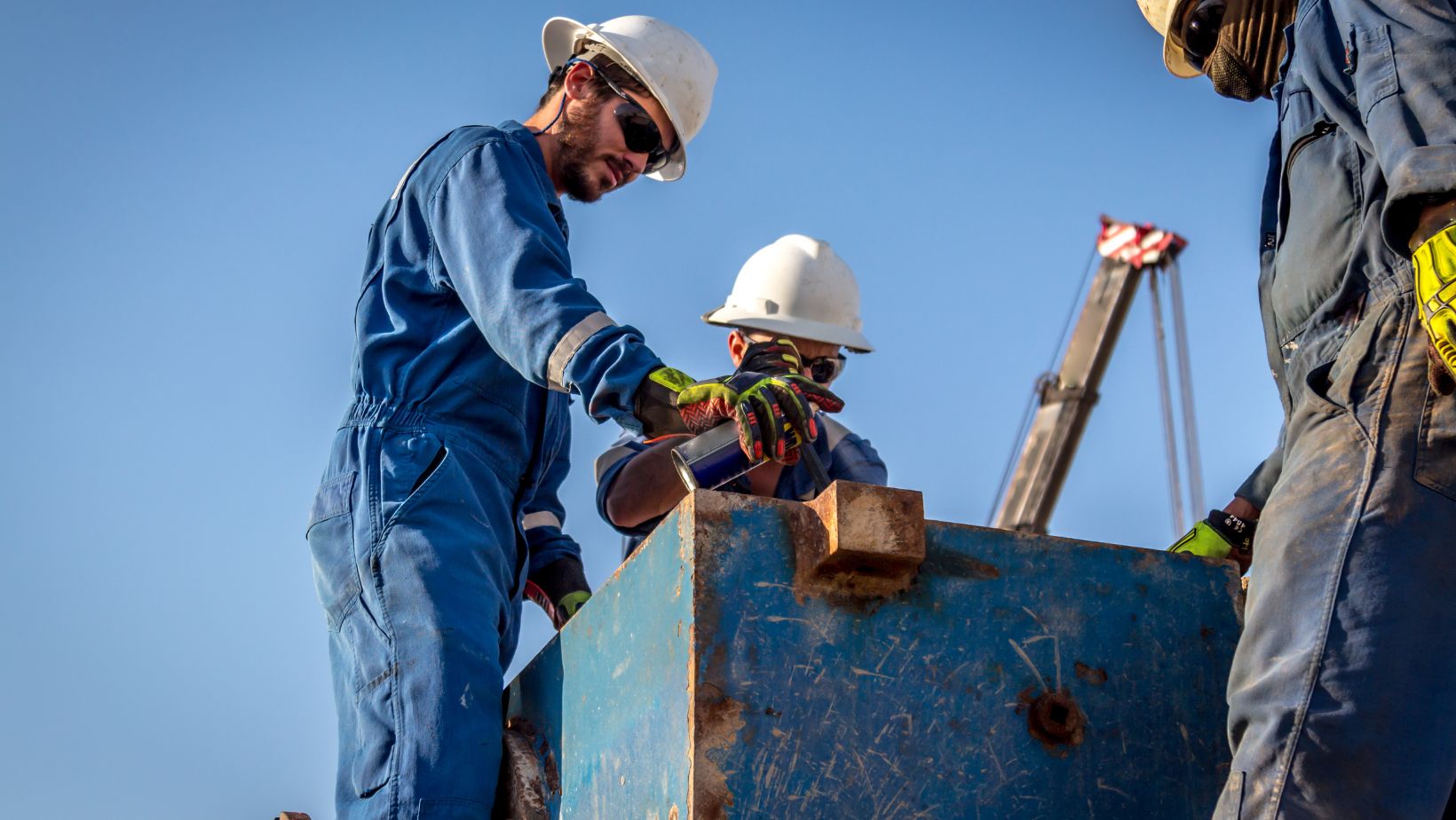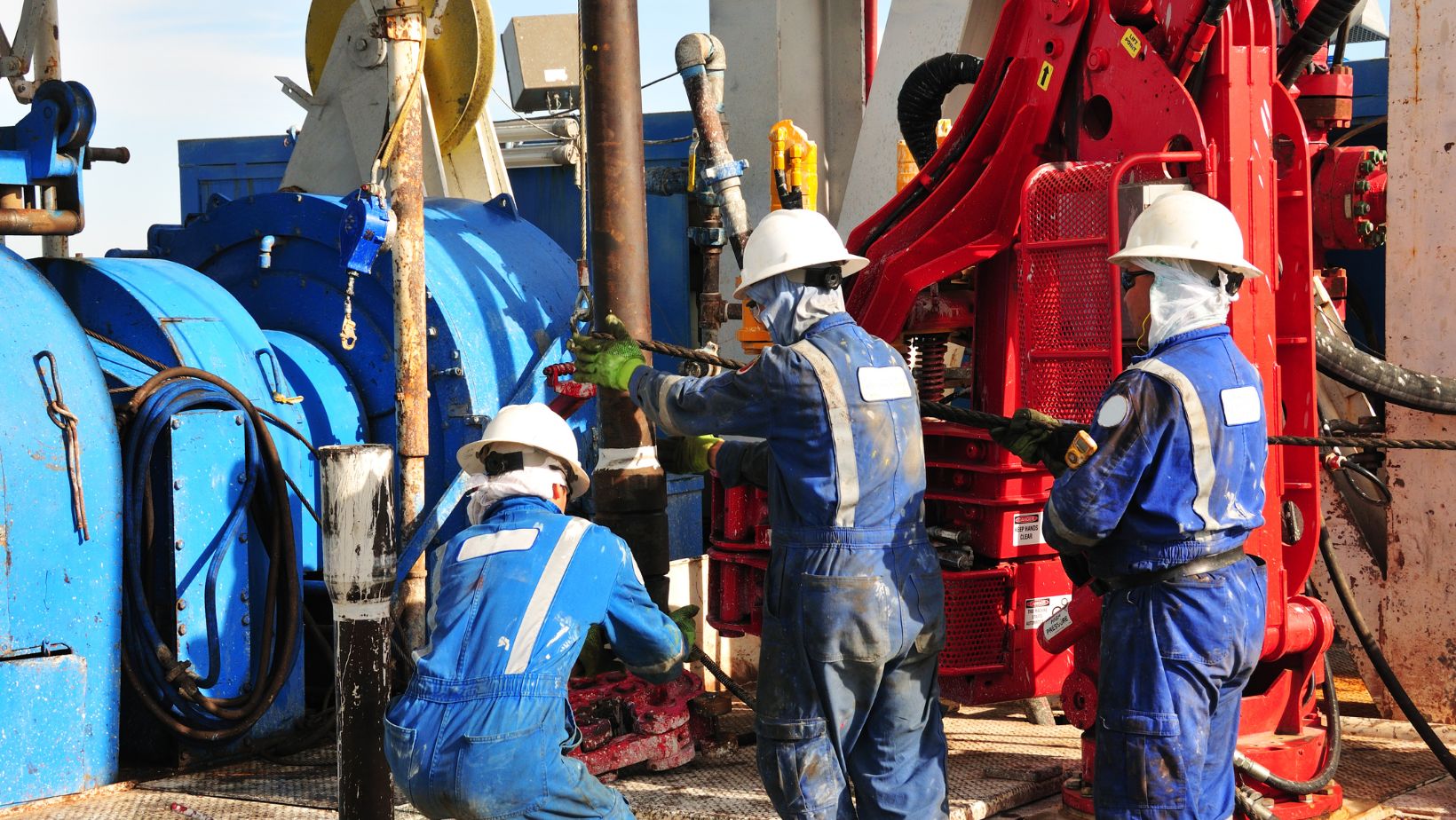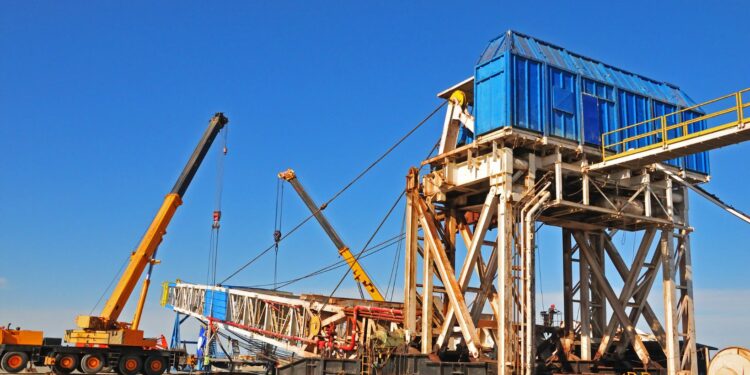Rigging is a crucial part of many industries, including construction, manufacturing, and shipping. It involves lifting, moving, and securing heavy loads using cranes, hoists, slings, and other rigging equipment. While rigging plays a vital role in various operations, it also comes with significant risks. Poor rigging practices can lead to accidents, injuries, equipment damage, and even fatalities. This is why rigging safety training is essential for anyone involved in lifting and material handling tasks.
Knowing the Important Facts About Rigging Hazards
Rigging operations come with a variety of hazards, including:
1. Load Instability – Improperly secured or unbalanced loads can shift or fall, causing serious injuries or property damage.
2. Equipment Failure – Using defective, worn-out, or incorrectly rated rigging equipment can lead to catastrophic failures.
3. Incorrect Rigging Techniques – Lack of knowledge about proper rigging methods can result in unsafe lifting operations.
4. Environmental Factors – Wind, rain, and other environmental conditions can affect the safety of rigging operations.
5. Human Error – Inadequate training and lack of experience can increase the chances of rigging accidents.
Proper rigging safety training helps workers identify these risks and take necessary precautions to prevent accidents.
Must Know 5 Key Benefits of Rigging Safety Training
1. Reduces Workplace Accidents
Rigging safety training educates workers on how to properly inspect and use rigging equipment, calculate load weights, and secure loads correctly. This knowledge minimizes the risk of accidents and injuries caused by rigging failures.
2. Ensures Compliance with Safety Regulations
Regulatory bodies such as OSHA (Occupational Safety and Health Administration) have strict guidelines for rigging operations.

Proper training ensures that workers comply with these safety standards, reducing the likelihood of legal penalties and fines for non-compliance.
3. Enhances Equipment Longevity
Using rigging equipment improperly can lead to premature wear and tear, increasing maintenance costs and the risk of failure. Trained workers know how to handle and maintain equipment properly, ensuring its longevity and reliability.
4. Boosts Productivity and Efficiency
Well-trained riggers can complete lifting tasks more efficiently and safely. This minimizes downtime caused by accidents or improper handling, leading to smoother operations and improved overall productivity.
5. Builds a Safety-Oriented Work Culture
When employees receive rigging safety training, they become more conscious of workplace hazards and take proactive steps to maintain a safe environment. This fosters a culture of safety, where everyone prioritizes the well-being of their colleagues and themselves.
6 Key Elements of Effective Rigging Safety Training
For rigging safety training to be effective, it should cover the following essential aspects:
- Rigging Equipment Identification – Understanding different types of rigging equipment and their proper use.
- Load Weight Calculation – Learning how to determine load weights and select the right rigging gear.
- Inspection Procedures – Checking rigging equipment for signs of wear, damage, or defects before use.
- Proper Lifting Techniques – Ensuring loads are correctly attached and lifted using the right methods.
- Communication and Signal Usage – Training workers to use standard hand and radio signals for safe coordination.
- Emergency Procedures – Knowing how to respond in case of a rigging-related emergency or accident.
The Bottom Line
Rigging safety training is a critical investment for any organization involved in material handling and lifting operations. By educating workers on proper rigging techniques, safety regulations, and risk mitigation strategies, companies can significantly reduce workplace accidents, improve efficiency, and ensure compliance with safety standards.

Ultimately, a well-trained workforce leads to a safer, more productive, and cost-effective work environment. Prioritizing rigging safety training is not just a legal requirement—it’s a responsibility that protects lives and enhances operational success.













